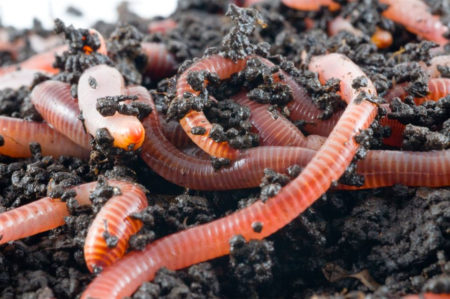
Many years ago, man began to engage in agriculture. When there were more people, their needs increased. After surviving, a man mercilessly took fertile juices from the land, draining them to the limit.
Over time, mankind realized that such frivolity would lead to environmental disaster. People have become more careful about nature, studying it. They concluded that land fertility needed to be maintained, and they invented a great way to do this.
Content
- 1 Why gardeners breed worms
- 2 Biohumus and vermicay, their benefits for plants
- 3 Worm Breeding Methods
- 4 Species of worms suitable for breeding
- 5 Humidity and temperature
- 6 Pet Feeding Dates
- 7 What to feed so that there is no smell in the home vermicontainer
- 8 How to get rid of midges in a vermicontainer
- 9 Vermiche collection dates
- 10 Collection and storage of vermicompost
Why gardeners breed worms
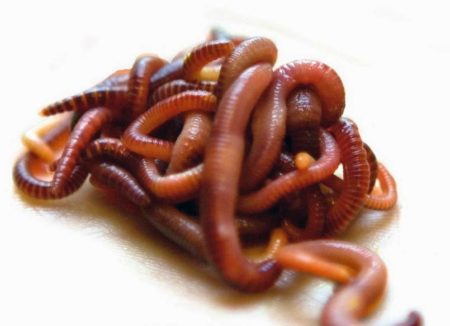
With the development of biology and soil science, it turned out that the secret of the fertility of the earth lies in the activity of beneficial microorganisms and protozoa. An ordinary earthworm belongs to the order of protozoa. It has many varieties. Each of them makes an invaluable contribution to the formation of humus. This substrate is a vital product of beneficial bacteria and worms. Mixing with the earth, it enriches it, gives it a pleasant smell and saturates it with nutrients. They are necessary for proper nutrition, growth and development of fruit, vegetable, berry and plant crops.
The benefit and effectiveness of vermicompost is 6-8 times higher than that of peat and manure.
Biohumus and vermicay, their benefits for plants
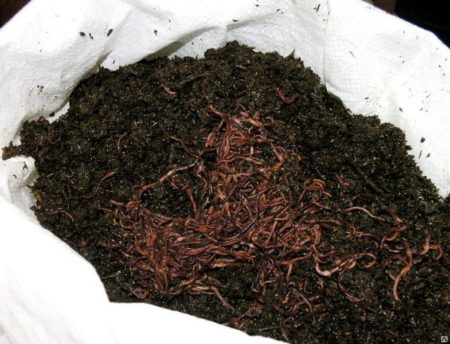
Vermicompost also called vermicompost (from the Latin vermiculus - "worm"). This is the result of processing organic compounds. These include:
- fallen leaves;
- bird droppings;
- manure;
- sawdust and straw;
- vegetable tops.
Biohumus and manure are not the same thing. Unlike manure, there are no harmful microbes in vermicompost. "Healthy" humus does not have a bad smell, and a minimum of substrate is required to enrich the soil. This practice heals the soil, disinfects it, improves the taste of vegetables and fruits, and strengthens the immune system of all horticultural crops.
With regular use of vermicompost, seedlings will accelerate growth, and the soil structure will become many times better. Plants will become resistant to harsh climatic and weather conditions, for example, to sudden changes in temperature. Humus is an ideal tool if your favorite flowers have stopped blooming and only grow green mass. It also improves the quality of fruits in garden trees.
If plants have been attacked by pests or fungal diseases, vermicompost will help them quickly recover.
From vermicompost, you can get a highly concentrated extract - vermicai. It is enriched with alkalis and beneficial microorganisms, it stimulates the process of photosynthesis and foliage growth. Thanks to it, plants better take root in the soil, and ripped fruits can be stored much longer. It also has amino acids, enzymes, vitamins and natural growth hormones. They call it tea because it looks like a liquid concentrate that looks like tea in color.
Worm Breeding Methods
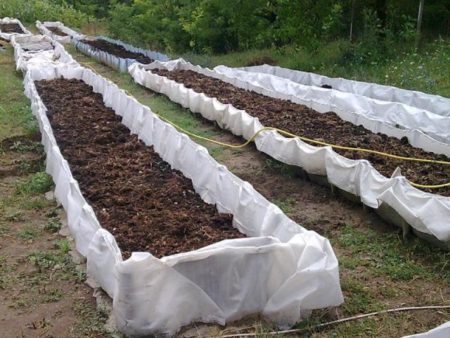
There are several ways to breed worms. Most commonly used:
- purchased vermicomposters;
- Do-it-yourself worm;
- ordinary compost pit in the garden or in the garden.
Purchased Vermicomposters
The worm composter is easy to manufacture and you can make it yourself. The “Worm” is not an easy box in which the pet food is periodically placed. It has certain design features, such as fenders and ventilation. It is easy for an experienced master to equip it, but it is better for a gardener without experience to purchase a purchased option.
There are several popular models:
- Worm Cafe - a box in the shape of a rectangle (57x39);
- Can-o-Worms - the original, round model, 51 cm in diameter;
- Worm Factory - proportional square box 40x40.
DIY Vermicomposter
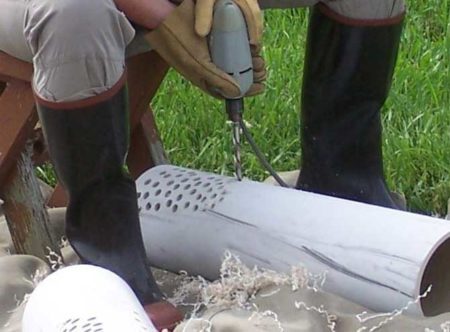
If you decide to build a house for worms yourself, you need to purchase plastic boxes that are used for meat products. Production should begin with a working tray - pets will live in it. Holes are carefully made in the work tray. There should be a lot of them, since their task is to ensure the outflow of liquid and free air exchange. The distance between the holes is best made uniform. For this, a rail of 25 millimeters thick is prepared. They put tags on it. The distance between the marks is also 25 mm. The rail is put to the bottom of the box and outlines the places where holes will be made.
Holes are made using a 5-6 mm drill.
During drilling, do not press hard on the plastic. This is a brittle material that can crack at any time.
Now it remains to make a stable stand for the trays. It is better to use furniture panels and cuttings designed for shovels (as legs). The shield must be cut in half, draw a semicircle on it and round its corners. If you don’t have a compass at hand, you can always find a plate or pan cover in the kitchen.
Legs are cut out with a miter box in the form of racks. The height of each rack is 25 cm. In their center, you need to drill through the hole for the confermat screws. Now you need to assemble the stand, having previously marked out the places where the legs should be attached. At the bottom of the stand, they also drill a hole. Since the screws are different, the diameter of each hole for them may vary. Dimensions should first be clarified.
The ventilation system is done simply: on each side of the house, one unsealed place is left, and everything else is sealed. This is necessary to maintain the moisture content of the soil substrate.
Open holes protect against insects using a mesh. Before installing it, the surface of the “worm” is treated with a “hedgehog” mesh. This will ensure reliable mesh fixation. For fixing it is better to use the “Moment” glue, and the adhesive tape with which the holes are tightly glued should be strong.
The ideal option is gray scotch tape: they seal the connections for ventilation.
Breeding Worms in a Compost Pit
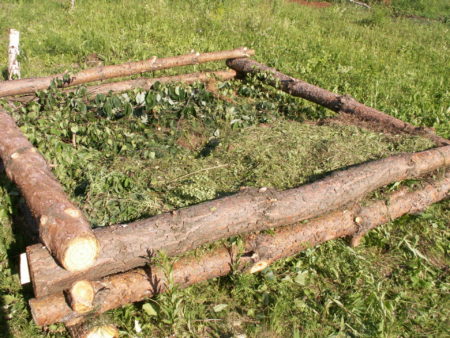
To breed worms in a compost pit, a box is placed in the ground or a hole is dug. Wall pit wall. The depth of the pit is 80-130 cm, the width is 100x100 cm.The bottom is tamped, and the walls are covered with a dense roofing material or other material, otherwise the worms will quickly spread. Compost must be prepared in advance. When the pit is ready, it is poured inside. It is not necessary to ram it, because the worms need freedom of movement. Before releasing the entire “worm family” into the pit, you need to put a few individuals upstairs and see how they will respond to the new habitat. If all is well, you can put the rest into the pit.
Ideally suited as compost:
- potato tops;
- peel from carrots, beets and zucchini;
- rotted cow manure;
- stale fruits and vegetables.
Skins, zest from citrus crops and animal protein cannot be given to worms.
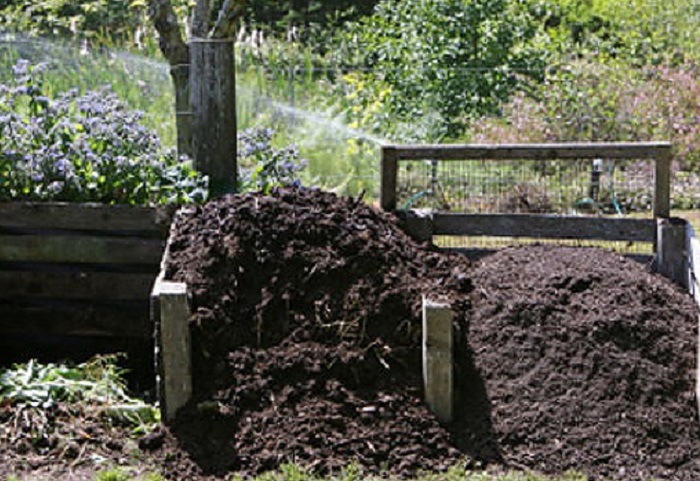
Humus is manure, bird droppings, plant debris that has undergone rotting and bacterial processing. Simply put ...
The first compost layer should be from 10 to 15 cm. So, the pets will equip themselves with the site they want. Over time, they will recycle compost. You need to follow this process and add new servings in a timely manner. The thickness of each subsequent compost layer is 5-10 cm.
Species of worms suitable for breeding
There are several types of worms that gardeners have successfully bred for many years.
"Classic" earthworm
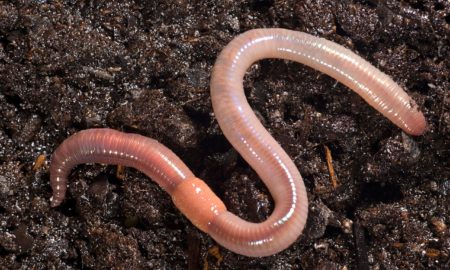
Earthworms have been familiar to us since childhood. This is an invertebrate creature with a smooth and slippery body. The body of the earthworm is divided into segments in the form of rings. The abdomen is flat, the back is convex, the color is dark. He lives from three to four years, his senses are absent, but his sensitive nervous system allows him to sensitively perceive all external stimuli.
An earthworm is endowed with the ability to smell, and in the event of an injury, its body quickly recovers.
California red
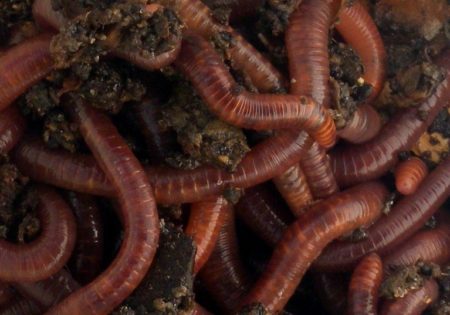
It is a subtype of earthworms. It begins to breed from three months, is very fertile. If California worms are properly looked after, each of them can give offspring from 500 to 1,500 individuals per year. This worm can be called a long-liver: it lives up to 16 years, but is absolutely devoid of the instinct of self-preservation. When the cold sets in, he cannot creep into the depths of the earth.
Worm Miner
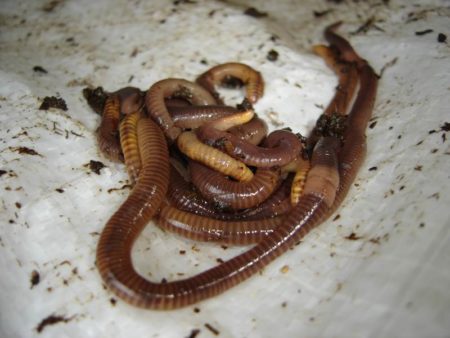
It was bred by breeders in the 80s of the last century. The southern and northern dung worms became the parents of the first miner. Unlike the California variety, it has a well-developed instinct for self-preservation. When the cold comes, he quickly crawls deep into the soil and is safe there. In productivity, the Prospector surpasses the earthworm many times. It differs in unpretentiousness, frost resistance and "phlegmatic disposition". The miner can spend hours in the soil without trying to crawl away. Lives from as long as the California worm: up to 16 years.
The miner is able to maintain a high level of productivity even if the soil is densely populated by his brethren.
Humidity and temperature
The temperature indicator in the vermicontainer or compost pit should not be higher than + 35C. You can not use fresh manure for compost, because when it is heated, the pets will quickly die. The ideal option is rotted cow manure. Humidity must be maintained within 65-80%. It is better to breed worms in the shade, because they do not tolerate exposure to the bright sun.
Pet Feeding Dates
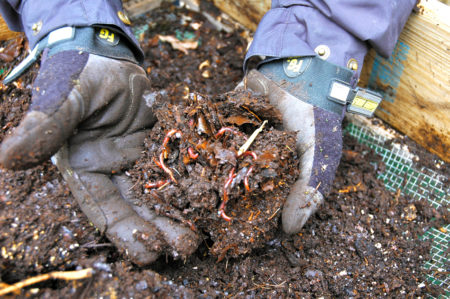
Often you do not need to feed the worms. For a full life, it is enough to feed them once every seven days. Food waste is ground and left on the soil surface. You can make a plentiful layer of food - up to 10 cm.
What to feed so that there is no smell in the home vermicontainer
Sometimes an unpleasant odor appears in the container. Often it occurs due to improper feeding of pets.You can not often feed them with waste from fish, meat and give them food with a high salt content. Some owners make the big mistake of giving pickled tomatoes and cucumbers to the worms. It is better to stick to a fruit and vegetable “diet”. From time to time, you can add tea leaves and tea grounds left over from the coffee to the feed. You can also include in the diet eggshell, a little flour, leaves and fresh weed.
How to get rid of midges in a vermicontainer
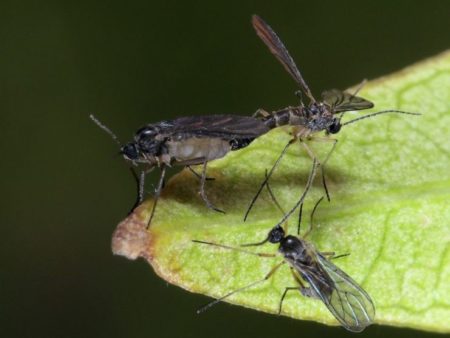
Midges are frequent “guests” in home vermicontainers. They feed on fruit waste and breed in large numbers. If at the opening of the container a cloud of midges flies out from there, probably too much fruit peel has accumulated in the container. It is recommended to change the feed more often to fresh and promptly remove those residues that the pets could not process. An effective method is to use a conventional vacuum cleaner. When the owner opens the container, midges fly out. At this point, you need to turn on the vacuum cleaner and collect a horde of insects. This is an effective way to deal with midges, which will help reduce their numbers.
Experienced gardeners who plant worms all the time are advised to use mountain dust. This is a product of processing large stones. It is added to the tank twice a year. To achieve the effect, one glass is enough. Mountain dust not only provides the soil with useful substances, but also creates unfavorable conditions for the propagation of fruit midges in it.
Of the simple means of controlling midges, a regular adhesive tape helps, but it is used if there are not many midges.
Vermiche collection dates
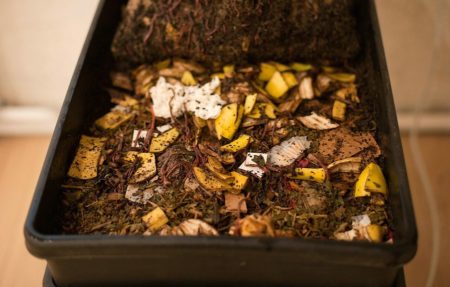
Vermichay should be drained regularly through the valve. It is drained at least once every seven days. Before use, the concentrated liquid is diluted in water. Tea is ready to use if it acquires a slightly saturated yellowish tint. Keep it in tightly closed containers.
Collection and storage of vermicompost
When the worms completely recycle the soil, they must be removed from the substrate, and the vermicompost must be collected for future use and storage. Before the procedure, pets are not fed for several days. After that, a little feed is put on a limited area. So, worms can be collected in one place. The feed layer should be from 3 to 5 cm. After 2-3 days, the layer in which the pets gathered must be removed. The method is repeated three times, once a week, so as not to miss a single individual.
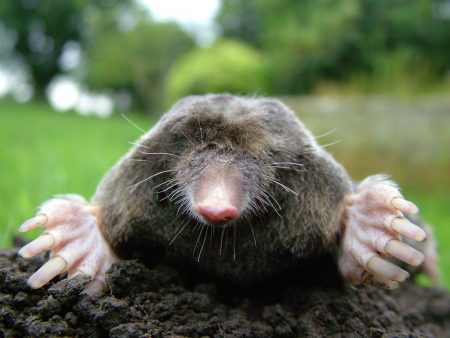
We get rid of moles in a summer cottage: the best folk methods
Experienced gardeners tell what folk methods are best to get rid of moles in a summer cottage. AT…
Vermicompost looks like a pliable black mass. It must be collected using a scoop, dried, sieved and packaged. Humus should be stored at temperatures from -20 to + 30C. Shelf life is 2 years. High-quality vermicompost has a uniform consistency, dark brown color, and its smell is completely absent.
In order for the worms to feel good, the selection of vermicompost from the box should be done once every 12 months.
Worm breeding is an interesting and informative process, and the use of products from their production will ensure fertility of the soil and a rich harvest every year.

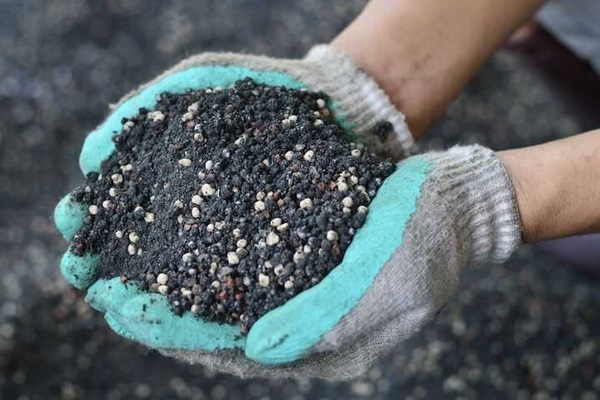
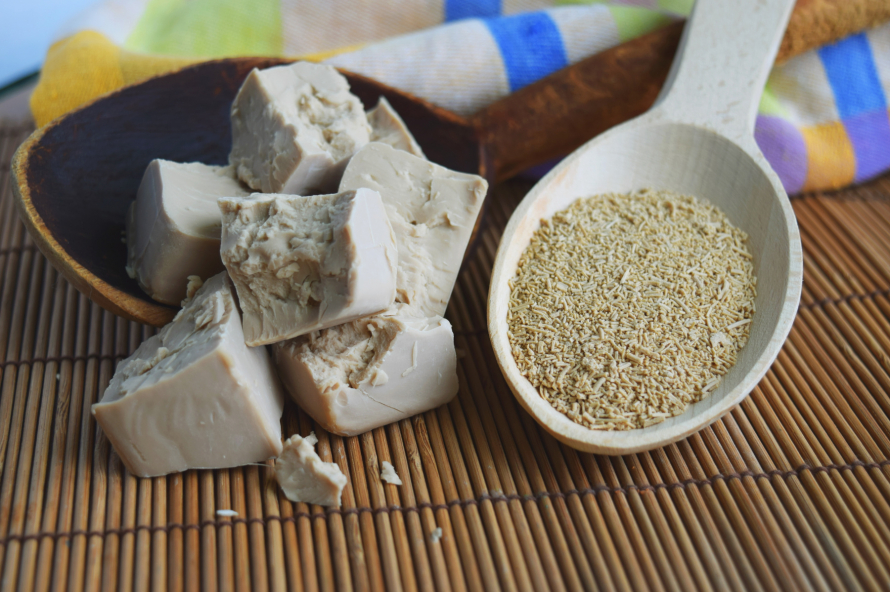
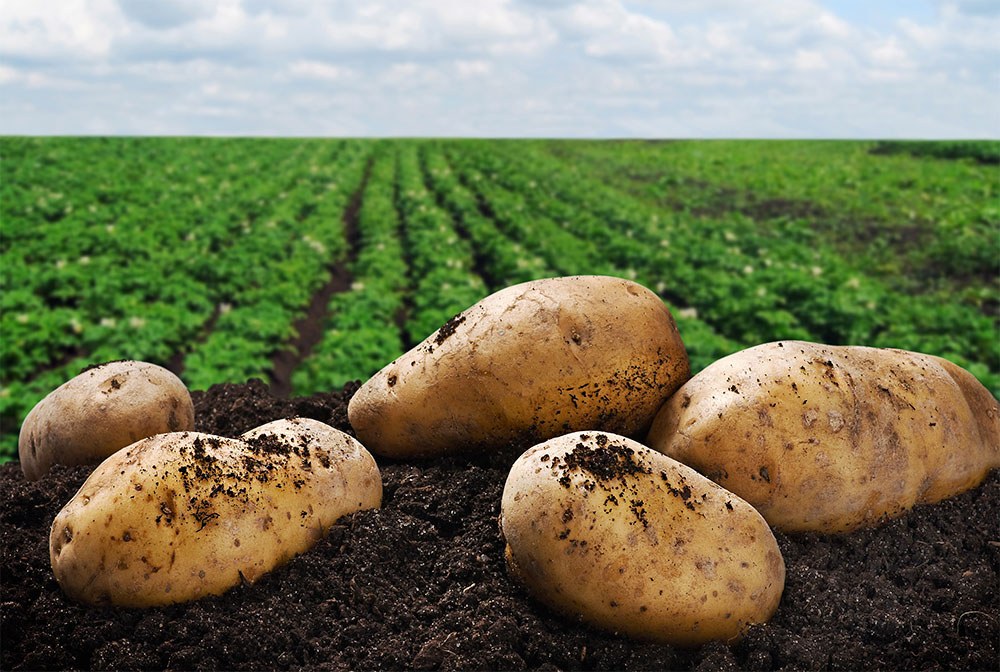
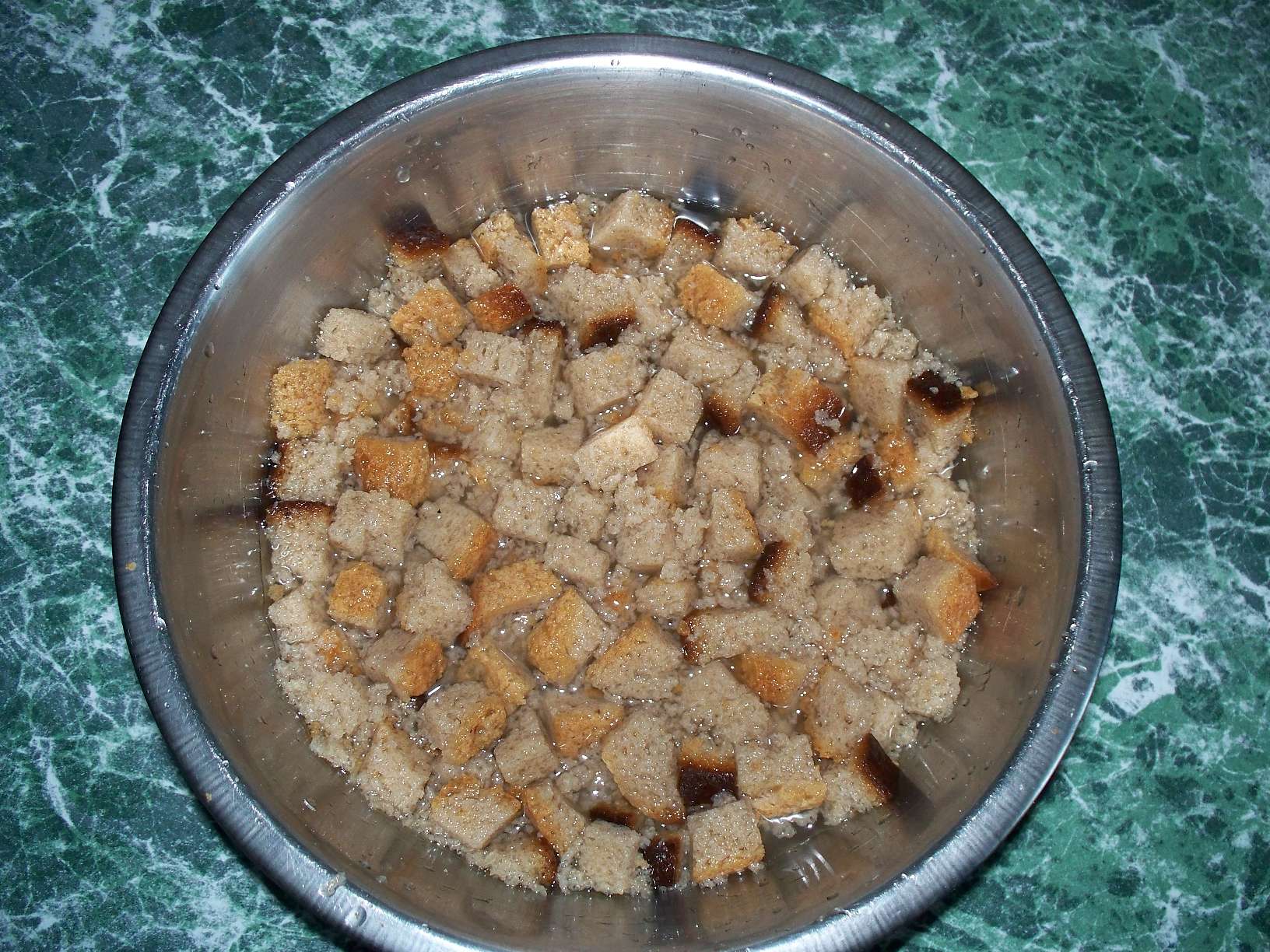 How to make bread infusion for feeding cucumbers
How to make bread infusion for feeding cucumbers Superphosphate: what is it and how to apply it
Superphosphate: what is it and how to apply it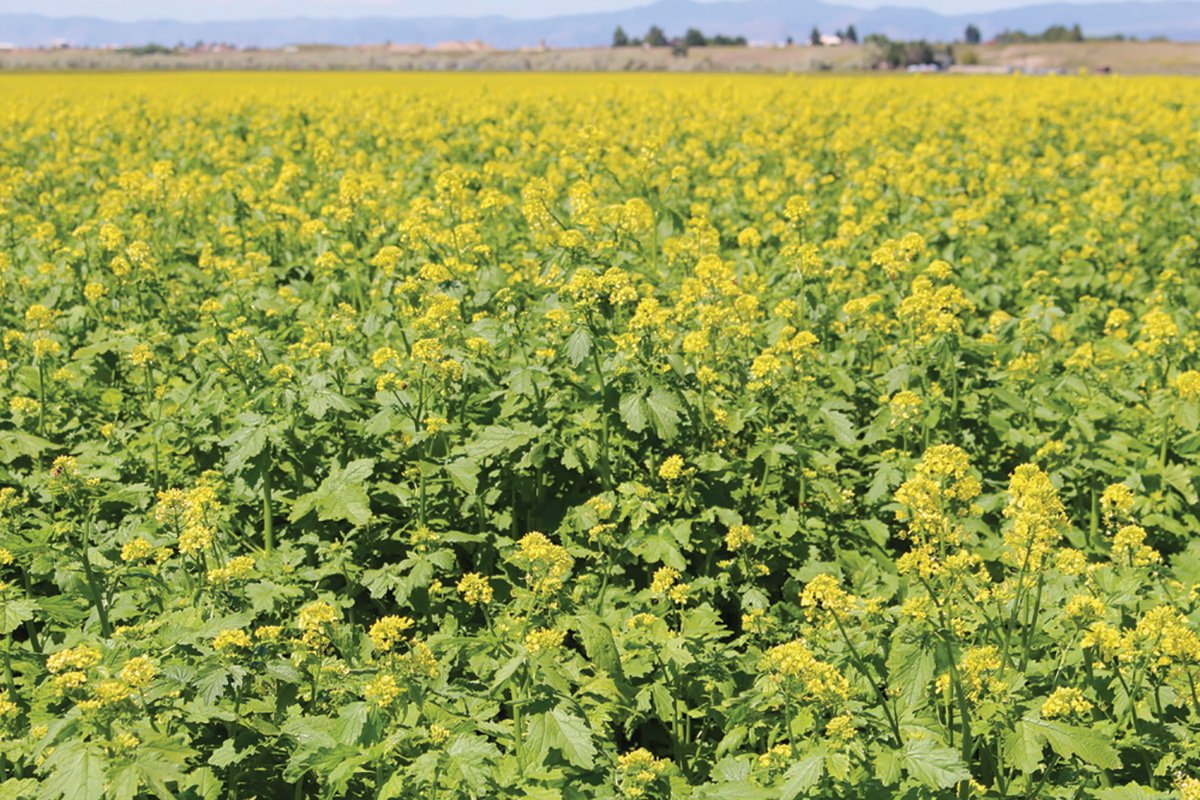 What problems can be expected from siderats?
What problems can be expected from siderats?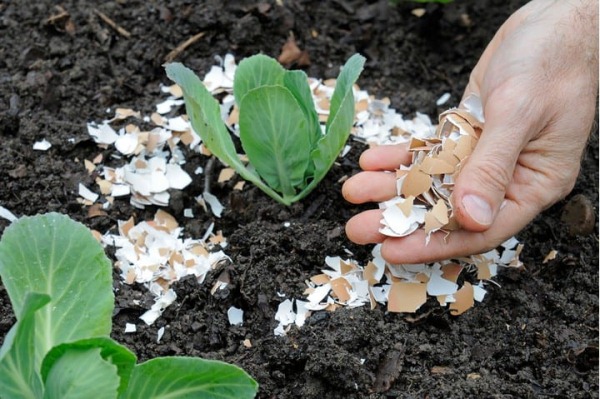 Secrets of the collection, storage and use of eggshells in the garden
Secrets of the collection, storage and use of eggshells in the garden